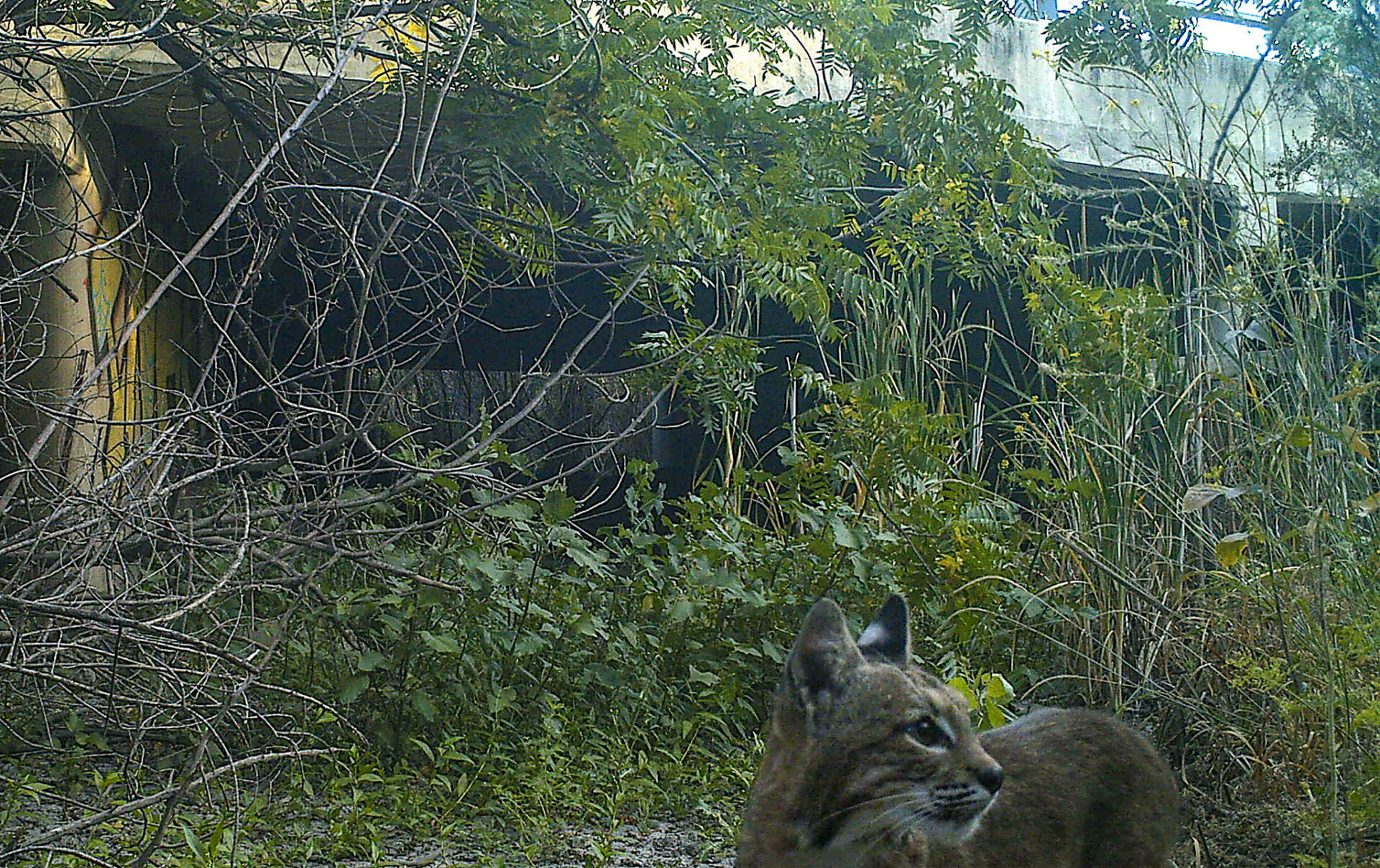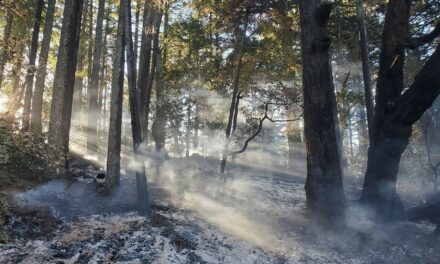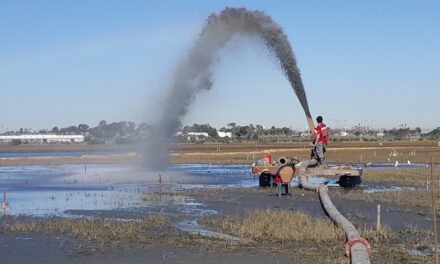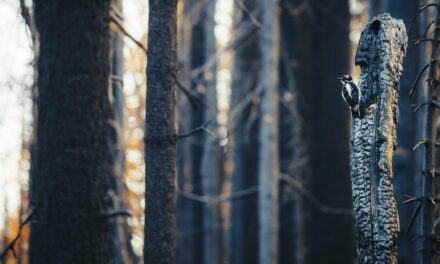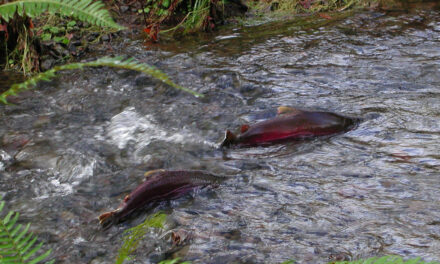Ordering the Path to Wildlife Resilience
For nearly all organisms, connectivity is key. From small voyages to long, creatures must travel to find food, water, a mate, or a suitable patch of soil to put down roots. They need to avoid predators, wildfire, flood, and other hazards. This means they need wild pathways — corridors of trees, streams, meadows, or other habitat that allows them to move through a landscape increasingly fragmented by human alteration. And as climate change upends formerly stable patterns, wildlife’s need for corridors must also shift, often in complex ways, in order for each species and ecosystem to remain resilient.
To help land managers respond to the increasing challenges of preserving useful wildlife corridors, the Association of Fish and Wildlife Agencies recently published a comprehensive collection of resources called the Connectivity and Climate Change Toolkit.
“It is useful to have compilations like this; for any individual organization or agency to start from scratch is a lot of work,” says Grant Ballard, chief science officer with the conservation non-profit Point Blue. “Some of the things identified I hadn’t seen before, and some are things we created that they used.”

Local agencies recently set aside significant acreage in Santa Clara County’s Coyote Valley, a critical wildlife corridor under immense development pressure from urbanized San Jose.
Photo Courtesy: Lech Naumovich, SCVOSA.
While the need for wildlife corridors for everyday travel isn’t a new idea, planning for longer term shifts in the location and extent of habitats due to warming temperatures or increasing flooding is. “In light of climate change,” the report says, “connectivity is recognized for its potential to provide additional benefits for resiliency and adaptation strategies for fish and wildlife.”
The publication is broken up into categories such as Project Planning, Adaptation Strategies, and Considerations by Systems. Each category offers a summary of key resources, and a case study. From Forest Service guidance on road-stream crossing issues to software recommendations for how to plan fish-friendly culverts or predict connectivity, the toolkit has a diverse array of resources.
“This is the first time I have seen anything like this geared toward public agencies,” Ballard says. “It shows the intention to take a long view and do the work — so that is encouraging.”
Other Recent Posts
Being Bike-Friendly is Gateway to Climate Advocacy
Four Bay Area cyclists push for better city infrastructure.
Can Colgan Creek Do It All? Santa Rosa Reimagines Flood Control
A restoration project blends old-school flood control with modern green infrastructure. Is this how California can manage runoff from future megastorms?
San Francisco Youth Explore Flood Risk on Home Turf
At the Shoreline Leadership Academy, high school students learn about sea level rise through hands-on tours and community projects.
Federal Funding Flip-Flops Stop Work on California Forest Safety and Working Lands Projects
Federal funding cuts halt wildfire protection and farm aid across Sonoma and California’s Resource Conservation Districts.
Bumpy Road Ahead for Fast-Tracking Program?
The multi-agency BRRIT has streamlined wetland permitting, but ongoing federal cuts could slow its progress.
Too Bad Golden Gate Ferry Sticking With Diesel
Despite its pro-environment history, the Golden Gate District is resisting ferry electrification, frustrating advocates for a zero-emission fleet.
A Ramble Around Pacheco Marsh
We tour Pacheco Marsh, a once-rough patch of Bay shoreline that is now a green refuge for walkers, birds, and even paddleboarders.
ReaderBoard
Once a month we share reader announcements: jobs, events, reports, and more.
Slow Progress on Shade For California’s Hottest Desert Towns
Coachella Valley communities face record temperatures with little shade. Policy changes lag as local groups push for heat equity.
In Uncertain Times, the Port of Oakland Goes Electric
A $322M grant powers Oakland’s port electrification — cleaning air, cutting emissions, and investing in community justice.






